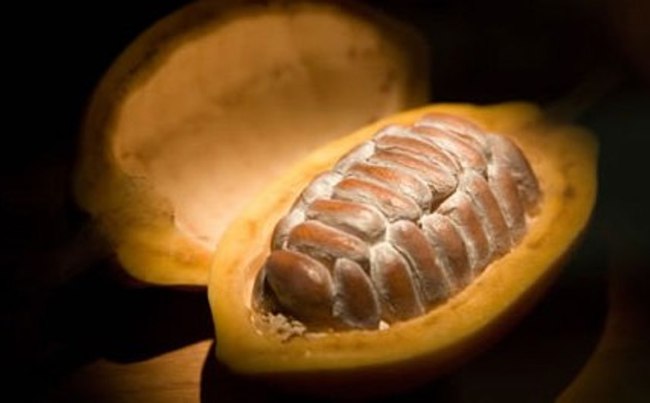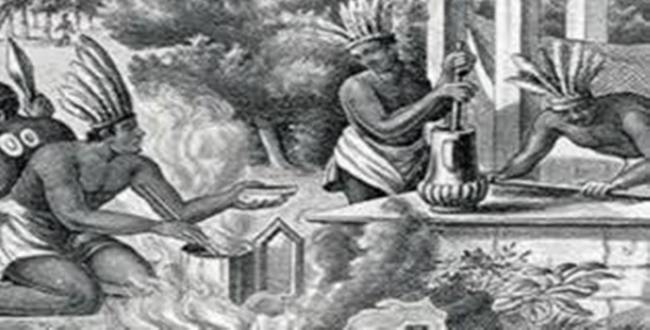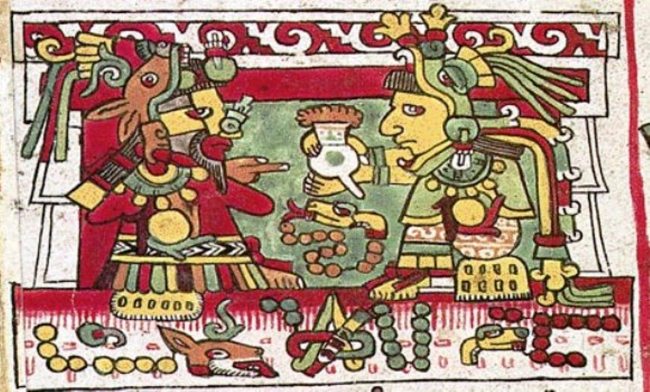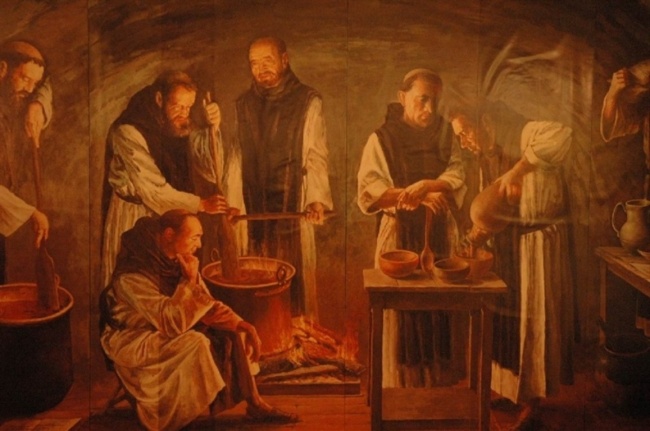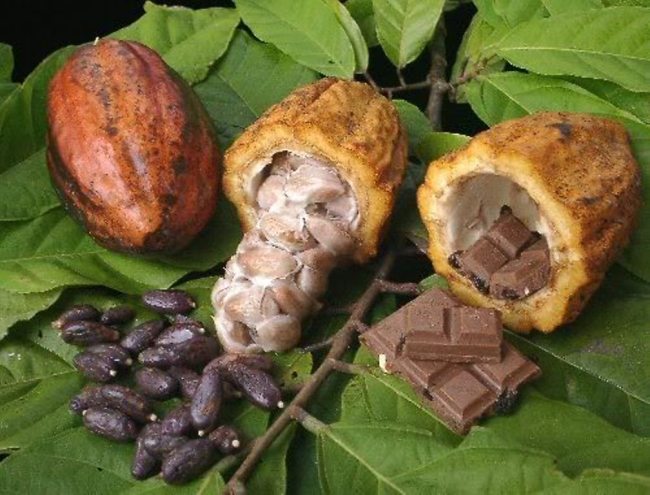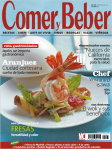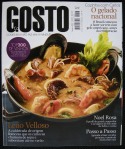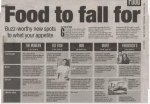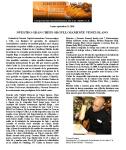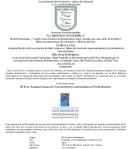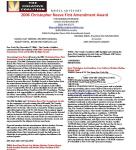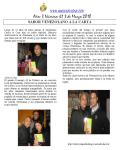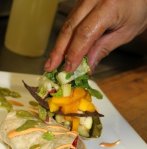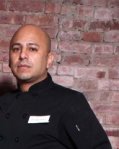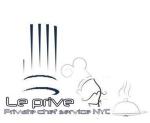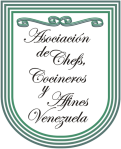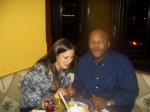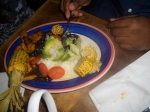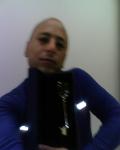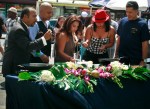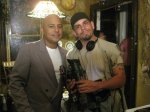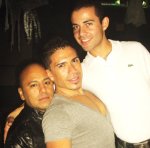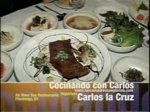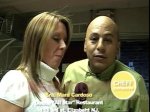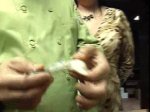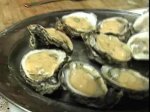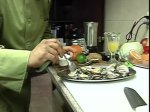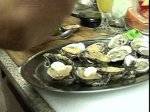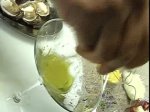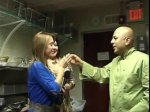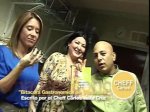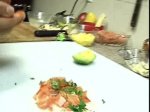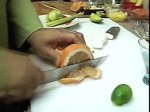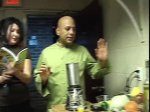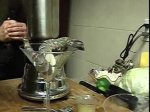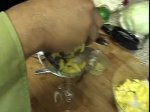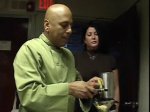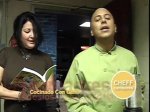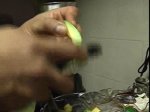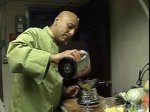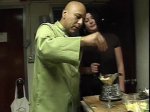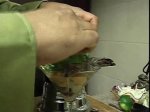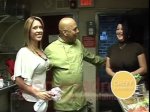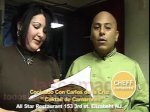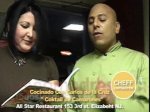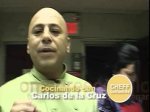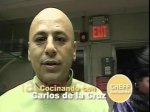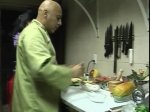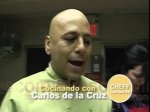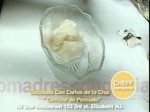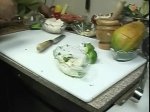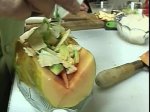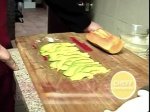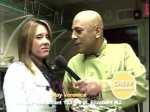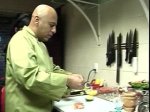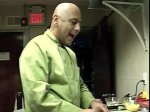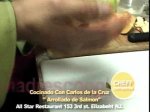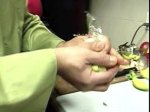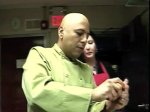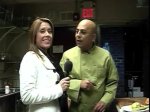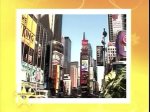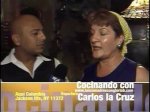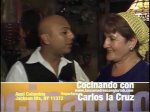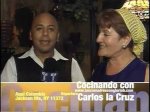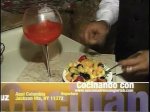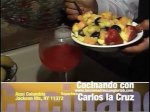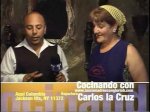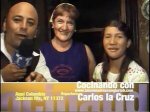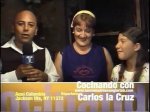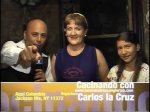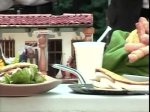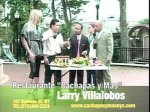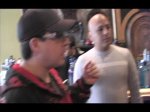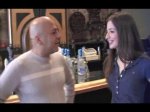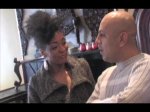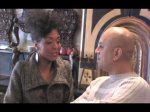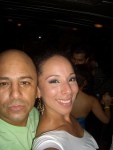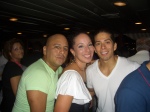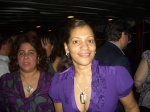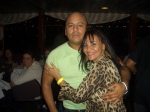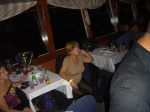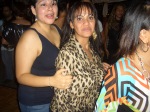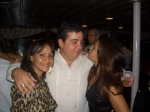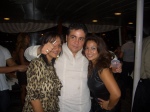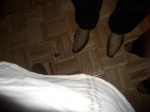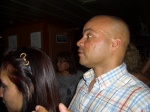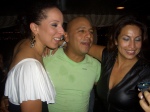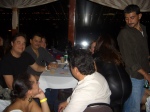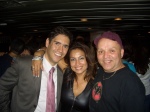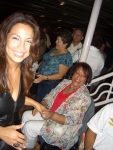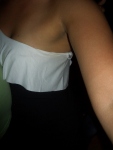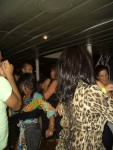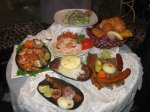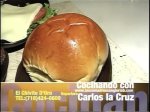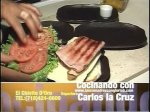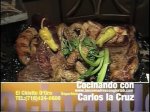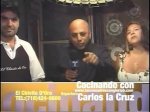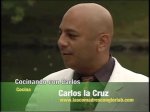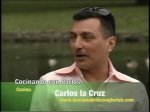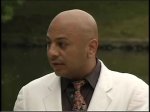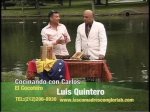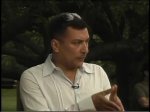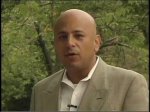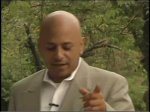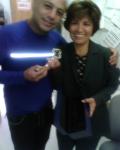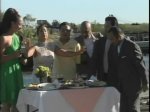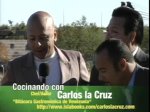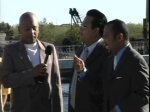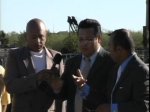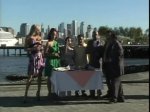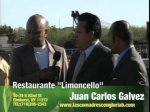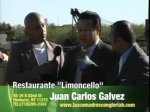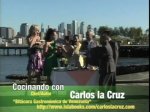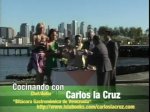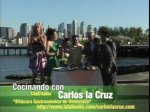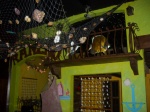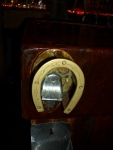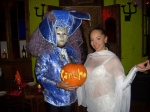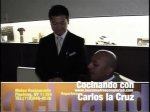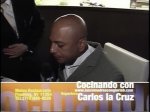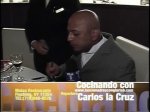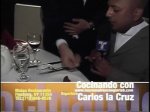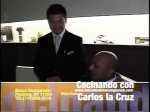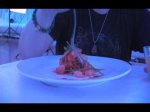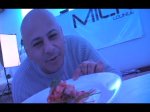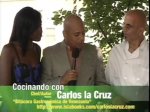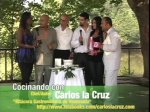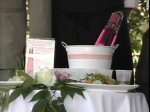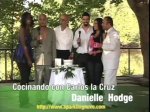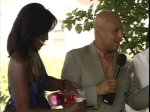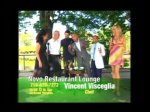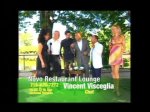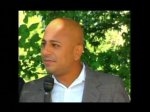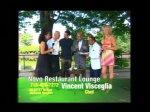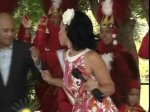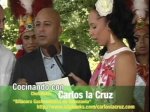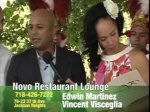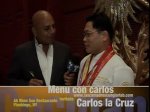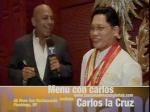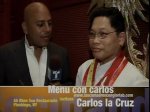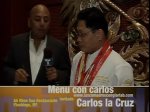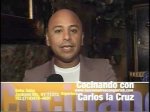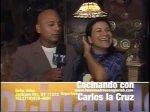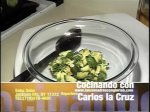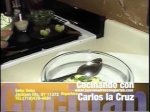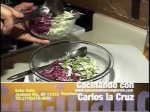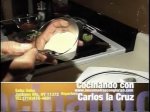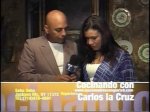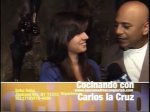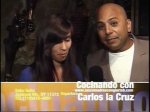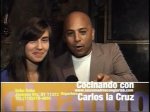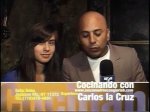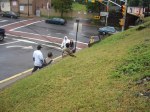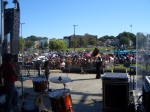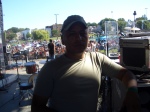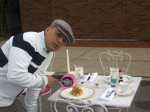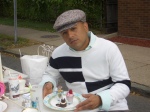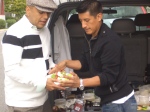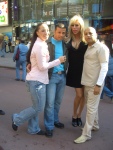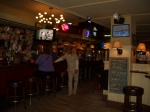Cocoa in the world
– Theobroma Cocoa – has grown wild in tropical Central America since prehistoric times. The chocolate tree probably developed in the headwaters of the Amazon Basin and spread throughout Central America. The latin name Thebroma actually means “food of the gods”. Nobody knows when humans joined the gods and started to consume chocolate, but archeologists believe that the Olmecs were the first one to pick and use the cocoa beans. The Olmecs is the oldest known civilization of the Americas (1500-400 BC). During late 19th and early 20th century Spain , who had been considered the number one chocolate country falls far behind. Switzerland becomes the leading manufacturer of chocolate products and is widely renowned for its outstanding quality and innovative methods. When it comes to chocolate eating, Germany surprisingly takes the lead with the highest consumption per head, followed by the USA , France and the UK . As we enter the new millennia, the chocolate lovers worldwide together consume more than a million tons of processed chocolate each year. During the 1990’s the interest in high quality chocolate began to grow and more and more people started to read books about chocolate, participate in chocolate tastings and buy expensive pralines at special chocolate shops or chocolate cafes. This chocolate boom shows no signs of cooling of, and is fuelled by new scientific research showing how numerous substances abundant in chocolate have a beneficial impact on our health and over all wellbeing. From being shunned as unhealthy and fattening snack, chocolate has today reclaimed is true status as a revitalising medicine for the body as well as for the mind – a gift from the gods indeed. The spread of the Cocoa tree started during the age of Colonialism, as did the spread of Cocoa beans, and of chocolate itself.The tree at the heart of this sublime subject, has grown wild in Central America since prehistoric times. The cocoa tree’s scientific name couldn’t be more apt; theobroma Cocoa is Greek for “food of the gods” and the first people to make use of it were the Maya, an ancient people who lived in the Yucatan Peninsula in South America, as long ago as 600 AD.
Cocoa and the Mayan
Why do we call it chocolate? The word chocolate is said to derive from the Mayan xocolatl which meant bitter water. Cocoa comes from the Aztec cacahuatl. The Mexican Indian word chocolate comes from a combination of the terms choco (foam) and atl (water) because for centuries early chocolate was only consumed as a drink. The Maya harvested cocoa beans from the rain forest trees then later cleared areas of the forest to make way for the first known cocoa plantations. The Mayan knew a good thing when they saw it and worshiped the cocoa bean as an idol. The merchant god, Ek Chuah, was closely linked with cocoa and the beans were used as currency. Early explorers to the region found that four cocoa beans could get you a pumpkin, 10 a rabbit and 100 would buy you a slave. Cocoa beans also formed the basis of a drink; xocolatl was a rather bitter little potion made from roasted cocoa beans, water and spices. Cocoa’s soothing qualities were also discovered early on and it was used for the treatment of coughs, fever and even discomfort during pregnancy. Maya farmers traded their cocoa beans at market but wealthy merchants traveled further afield, some as far as Mexico, the land of the Aztecs…
Cocoa and The Aztecs
The Aztecs also held the cocoa bean in high esteem, and their delightful story about its origins involves their creator and god of agriculture, Questzalcoatl. They believed he traveled to earth on a beam of the morning star carrying a cocoa tree from Paradise, and that wisdom and power came from eating the fruit of the tree. The Aztecs were an ancient, nomadic people who founded Tenochtitlan; a vast city in the Valley of Mexico in 1325. Because of their dry climate the Aztecs were unable to grow cocoa trees themselves so they had to obtain supplies of cocoa beans from trade or ‘tribute’. This was a form of taxation paid by the tribes they conquered. Like the Maya, the Aztecs also consumed large quantities of xocolatl as a luxury drink. However their version was described as ‘finely ground, soft, foamy, reddish, bitter with chili water, aromatic flowers, vanilla and wild bee honey,’ – slightly more inviting than the Maya concoction! The Aztecs also used the cocoa bean for currency and by the time the Spanish invaded Mexico in the 16th century the Aztecs had created a powerful empire. In 1523, they offered cocoa beans to Don Cortés. Cortés tasted chocolate prepared by the Aztecs and learned how to convert the bitter bean into a wonderful drink. He brought this treasure back to Spain where the origin and preparation method remained a secret for nearly 100 years.
Cocoa and the Spiniers
Christopher Columbus – Despite being the first European to discover cocoa beans on his fourth voyage to America in 1502, Columbus virtually dismissed his findings. (Granted, he was more interested in searching for a sea route to India at the time). By traveling without an interpreter he had no way of knowing that the beans he held in his hand were used as money nor that they were the basis of a highly revered drink. When he returned to Europe with a handful of beans they were overlooked in favor of the other treasures he brought back from his travels. So all the glory was left to a Spanish conqueror. Christopher Columbus was the first European to come in contact with Cocoa. On August 15, 1502, on his fourth and last voyage to the Americas, Columbus and his crew encountered a large dugout canoe near an island off the coast of what is now Honduras. The canoe was the largest native vessel the Spaniards had seen. It was “as long as a galley,” and was filled with local goods for trade — including Cocoa beans. Columbus had his crew seize the vessel and its goods, and retained its skipper as his guide. Later, Columbus’ son Ferdinand wrote about the encounter. He was struck by how much value the Native Americans placed on Cocoa beans, saying: “They seemed to hold these almonds [referring to the Cocoa beans] at a great price; for when they were brought on board ship together with their goods, I observed that when any of these almonds fell, they all stooped to pick it up, as if an eye had fallen.” What Ferdinand and the other members of Columbus’ crew didn’t know at the time was that cocoa beans were the local currency. In fact, in some parts of Central America, Cocoa beans were used as currency as recently as the last century. While it is likely that Columbus brought the Cocoa beans he seized back to Europe, their potential value was initially overlooked by the Spanish King and his court. Twenty years later, however, Spanish conquistador Hernando Cortez is said to have brought back three chests full of Cocoa beans. This time the beans were recognized as one treasure among the many stolen from the conquered Aztecs. Don Cortes discovered Mexico and the Aztec civilization in 1517 and was introduced to chocolatl by the Aztec Emperor Montezuma. Although he wasn’t particularly taken with the bitter chocolate drink he was interested in the value of cocoa as a means of payment and established a cocoa plantation to cultivate Spanish ‘money’. During the sixteenth century Spain colonized Central and South America. Cortes was made Captain General and Governor of Mexico. When he returned to Spain in 1528 he loaded his galleons with cocoa beans and chocolate drink making equipment and it wasn’t long before chocolate began working its magic on the Spanish. The cocoa beans brought to Spain by Cortes were hidden away in Spanish monasteries where they were processed into the chocolate drink. Its formula was kept a secret and became a fashionable drink which only the wealthy and Spanish nobility could afford to enjoy. It took nearly a century for the news of cocoa and chocolate to spread across Europe. With the decline of Spain as a power, the secret of cocoa leaked out at last. It was an Italian traveler, Antonio Carletti, who discovered the chocolate treasure in 1606 and took it to other parts of Europe. Within a few years the knowledge of chocolate spread through France, Britain, Belgium, Germany, Switzerland, Austria and Italy – several of these nations established their own cocoa plantations, effectively bringing an end to Spain’s monopoly of the chocolate trade.
Cocoa and The Europeans
Not everyone was eager to accept the mysterious new drink so readily though. At first the French were suspicious of this new drink and considered it a dangerous drug! Although there are several theories the most likely is that it took Spanish royalty to save the day. A Spanish Princess, Anne of Austria, married into the French Court and introduced drinking chocolate as a fashionable past time. By the mid-1600s, the chocolate drink had gained widespread popularity in France and an enterprising Frenchman opened the first chocolate house in London. In France, chocolate was met with skepticism and was considered a “barbarous product and noxious drug”. The French court was doubtful and accepted it only after the Paris faculty of medicine gave its approval. A French queen finally saved the day. In 1615, Anne of Austria, wife of Louis XIII declared chocolate as the drink of the French court. During the early seventeenth century, chocolate found its way to Italy and England, among other European countries. In 1650, chocolate became the rage in Oxford and in 1657, a shop called the The Coffee Mill and Tobacco Roll opened in London. Although chocolate was not featured, the drink quickly became a best seller. As the popularity of chocolate grew, England imposed an excessive duty of 10-15 shillings per pound. By the way, the duty was comparable to approximately three-fourths its weight in gold. It took almost 200 years before the duty was dropped. The first chocolate house was reputedly opened in London in 1657 by an unnamed Frenchman. Costing 6 to 8 shillings per pound (about 34p), chocolate was considered a beverage for the elite class. By the 1700s, chocolate houses were as prominent as coffee houses in England and there was a chocolate house for every type of clientele: politicians, gamblers, literati and the beautiful people – White’s Chocolate House in St James’s Street became one of the most popular meeting places for men and women. Charles II tried unsuccessfully to suppress these establishments which he considered ‘hotbeds of sedition’. However, in the mid-nineteenth century the chocolate houses were transformed into more respectable ‘clubs for gentlemen’. Several still exist today around Pall Mall including the famous White’s. At this time chocolate was still being prepared by hand and another very different group of people were also taking an interest in it… For bringing us closer to chocolate as we know it today we have the Dutch to thank. The invention of the cocoa press in 1828 by C. J. Van Houten, a Dutch chocolate master, helped reduce the price of chocolate and bring it to the masses. Coenraad Johannes Van Houten, a Dutch chemist and chocolate manufacturer invented a hydraulic press in 1828 which extracted cocoa oil. The dry residue left from this process simply needed to be crushed to produce a fine cocoa powder. The invention of this press helped to cut prices and along with the Quakers’ efforts to bring chocolate to the people, succeeded in spreading its popularity among a wider audience. Some of England’s most successful entrepreneurs during the Industrial Revolution belonged to a group of people known as The Society of Friends, or more commonly, the Quakers. Due to their radical beliefs, the Quakers were alienated from many of the mainstream professions of the time including politics, law and medicine. Many of the large Quaker families channeled their energy into business and commerce, and one of the most progressive commodities at the time to invest in was cocoa. A one man business opened in 1824 by a young Quaker, John Cadbury, in Bull Street Birmingham was to be the foundation of Cadbury Limited, now one of the world’s largest producers of chocolate. By 1831 the business had changed from a grocery shop and John Cadbury had become a manufacturer of drinking chocolate and cocoa. This was the start of the Cadbury manufacturing business as it is known today. A larger factory in Bridge Street Birmingham was rented in 1847, John Cadbury was joined by his brother Benjamin and the business became Cadbury Brothers of Birmingham. This partnership dissolved in 1860 and a year later John Cadbury retired leaving his sons Richard and George, the second Cadbury brothers, to continue the business. 1866 saw a turning point for the company with the introduction of a process for pressing the cocoa butter from the cocoa beans. This not only enabled Cadbury Brothers to produce pure cocoa essence, but the plentiful supply of cocoa butter remaining was also used to make new kinds of eating chocolate. Business prospered from this time and Cadbury Brothers outgrew the Bridge Street factory, moving in 1879 to a ‘greenfield’ site some miles from the centre of Birmingham which came to be called Bournville. The opening of the Cadbury ‘factory in a garden’ also heralded a new era in industrial relations and employee welfare with joint consultation being just one of the initiatives introduced by the pioneering Cadbury brothers. In 1899 the business became a private limited company – Cadbury Brothers Limited. Progress since the start of the century through the inter-war years onwards has been rapid. Chocolate has moved from being a luxury item to being well within the financial reach of everyone. The story behind many of today’s chocolate manufacturers begins with a Quaker family – the Cadburys, the Frys, the Rowntrees and the Terrys – all chose cocoa as the basis for their family businesses. Their aim was to persuade the poor to give up alcohol in favor of the healthier chocolate drink. Because of the persecution the Quakers faced in England thousands migrated to America and settled in the colony of Pennsylvania founded in 1682 by William Penn. By 1864 seven thousand Quakers had settled there including one Milton Hershey and by 1900 the Hershey chocolate factory was up and running.
The American Cocoa Revolution
Despite the cocoa bean originating in the ‘New World’, chocolate made its debut considerably later in America. The chocolate drink was first introduced in 1765 when John Hanau brought cocoa beans from the West Indies into Dorchester, Massachusetts to refine them with the help of James Baker who opened a processing house from where the chocolate drink began to flow through the States.
In the United States, chocolate was first manufactured in 1765. It was introduced at Milton Lower Mills, near Dorchester, Massachusetts by John Hanau and James Baker who opened a processing house.
With the Industrial Revolution came the mass production of chocolate, spreading its popularity among the people. The heavy import duties which had made chocolate a luxury that only the wealthy could enjoy were reduced in 1853. Chocolate and cocoa became within the reach of the wider population and a number of manufacturers of cocoa and drinking chocolate started in business including Cadbury, Fry’s, Nestlé, Lindt and Hershey – all of which are world leaders in chocolate production today. Ghirardelli Chocolate has a history that dates back to California’s gold rush. A 31 year old, Domenico “Domingo” Ghirardelli, a native of Rapallo, Italy, was the owner of a fairly successful confectionery business in Lima, Peru. However, Domingo had heard of the fabulous riches in gold being found in California, and in 1849 he sailed to California with the intention of striking it rich (and then going back to Peru). Domingo was out there in the hills and streams doing his best to find his riches, but like a few of the smarter miners he soon found it was much more profitable to sell supplies to other miners. Domingo first opened a store in the boomtown of Hornitos. He was forced to buy supplies for his store in Stockton, at the time the only general merchandise store that was around for miles. Domingo believed that he could open a competing store in Stockton, and make a lot more money, if only he could figure out a way to supply it. Domingo bought himself a sloop that he used to sail up and down the San Joaquin River, acquiring supplies in San Francisco and then returning with his merchandise to Stockton. Domingo’s first store front was just a tent, but by the end of 1849 he owned a fleet of river sloops, and buildings in both Stockton and San Francisco. He also had some profitable side lines, including grubstaking prospectors in exchange for a share in any gold they might find; he owned a hotel; and he even owned one of California’s first soda fountains (more than a decade before the marble fountain was invented). Unfortunately, by 1851 Domingo was starting over again. On May 3, 1851, a fire swept through San Francisco and destroyed 1500 buildings. Three days later a fire swept through Stockton and destroyed half of that city. In less than a week Domingo lost everything. Domingo first tried opening a coffee shop in San Francisco, but it was a money loser, and he decided to go back into his old trade as a confectioner. He formed a partnership with a man named Girard, and they opened a confectionery store on Kearny and Washington in San Francisco. Domingo then sent for his wife, who was still living in Lima, Peru. Shortly after she arrived Domingo bought out his partner, and renamed his store “Mrs. Ghirardelli & Company.”
It was not long before Mr. and Mrs. Ghirardelli were experiencing a good deal of success. They opened a couple of more stores, and eventually opened a chocolate factory at 415-417 Jackson Street. Over the next forty years they would ship chocolate products all over the United States, Canada, Mexico, and even Hawaii. Eventually the Ghirardelli chocolate factory would become among the largest in the western half of North America. It was a discovery made by a worker at the Ghirardelli factory that propelled Domingo’s chocolate factory to such prominence, and revolutionized chocolate making in the United States. In 1865, a worker put a batch of ground cocoa beans in a cloth bag and hung the bag from a hook overnight. By morning, a pool of cocoa butter had collected on the floor. The ground chocolate left in the bag was almost fat free, creating a dry powder that combined with liquids more smoothly. This powder became the essential ingredient in Ghirardelli’s popular Sweet Ground Chocolate and Cocoa. The dripping bags were soon replaced by presses previously invented by an Amsterdam chocolatier, Conrad van Houten, which accomplished the same result in a more controlled way. Mr. Ghirardelli later purchased an entire block of property on North Point Street in San Francisco, and he and his sons spent the next 11 years transforming the property in to what is now Ghirardelli Square. This is a story in its own right, so we have devoted a page exclusively to Ghirardelli Square.

